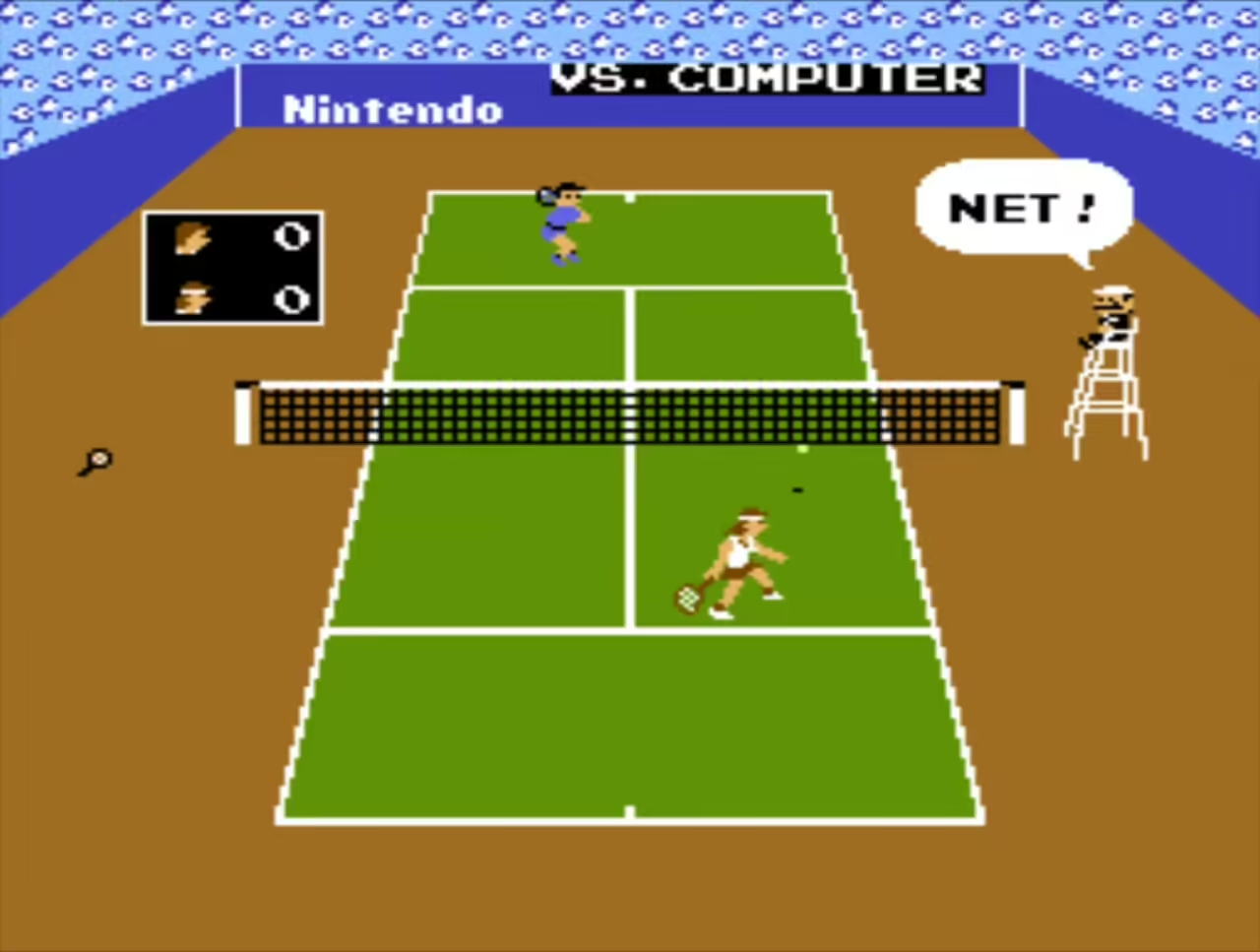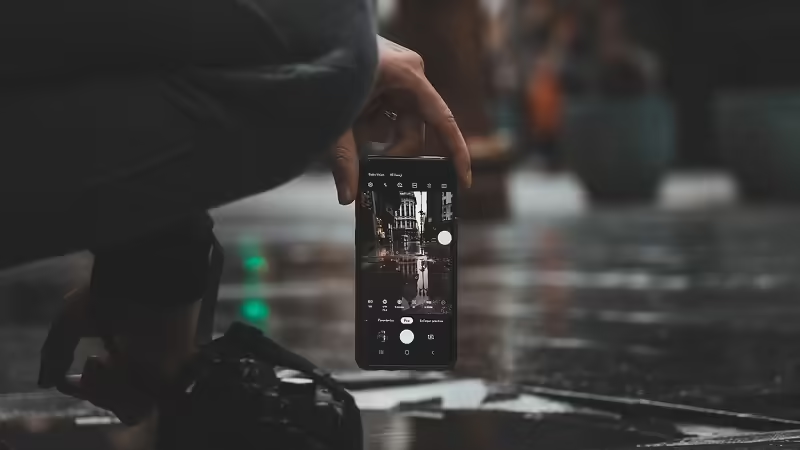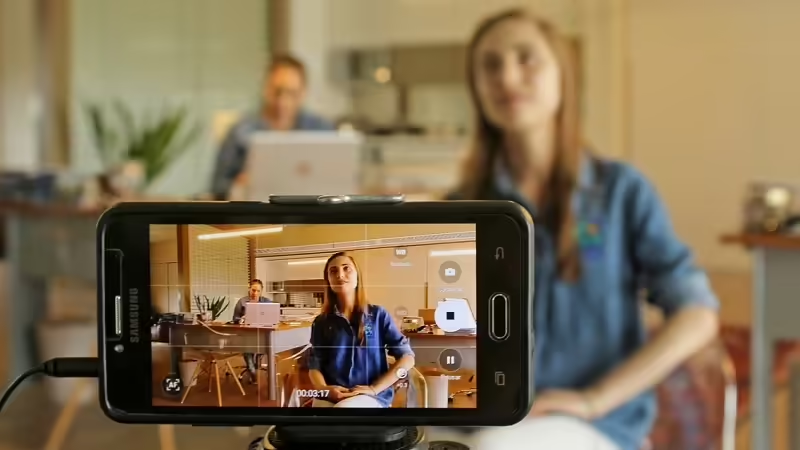Live dealer casinos have been one of the major advancements of the online casino industry in the last couple of years. The live casino scene has created a new form of immersive casino entertainment, bringing players closer than ever to the action, without having to physically travel to a land-based casino floor.

It feels like more table games are added to the library of live casinos with every day that passes. Aside from classic western card games like blackjack and roulette, some studios are streaming popular games enjoyed by families and friends across Asia too. Leo Vegas is the latest website to offer Teen Patti live dealer games, which is an Indian favourite modelled loosely on the British Three-Card Brag game.
But what powers these hugely popular real-time casino games? Let’s take a look at the technology involved in powering live casino studios that can operate across desktop and mobile devices.
The Game Control Unit (GCU)
No live casino table would be playable without the use of a GCU. These small encoders are usually fitted underneath a live casino table, functioning in the background 24/7. Without them, it wouldn’t be possible for the HD streams to be consumed in real-time among players online, resulting in a sluggish and frustrating gaming experience. The GCU encodes all aspects of the game data to make sure that every card dealt, or wheel spun is registered by the on-screen software for players.
OCR technology
Optical Character Recognition (OCR) technology is a fundamental aspect of the GCU, helping to make sense of the physical data on the table and converting it into a digital format that can be overlaid on-screen. OCR technology is regularly used for digitising physical documents like historic relics, but it works just as well with playing cards.
Multiple HD cameras

Aside from the GCUs, live casino tables would not be able to function without the use of multiple HD cameras. Each camera provides a unique perspective of the action, giving players alternative ways to watch their games unfold. For example, Roulette players can choose top-down camera views of the wheel or a view of the betting table. Other cameras may also be used, pointed directly at the dealers themselves, watching them manage the game in real-time.
Table monitors
Each live casino table is also fitted with a table monitor, which provides a real-time perspective of what each active player can see on-screen. It’s an effective way of helping the dealers to maintain the pace of gameplay, pinpointing users who are taking a long time to act or may require assistance with their betting. The monitor will also display the instant chat box, where all the instant messages from active players are displayed, encouraging debate and interaction between players and dealers in real-time.
The human effect
Speaking of the dealers, it would be remiss not to heap praise on the dealers themselves for managing live casino games so smoothly. Each dealer is professionally trained, undergoing rigorous testing on the game rules and dynamics to minimise faults in live play. In Malta, where many of the leading live casino studios are based, the Online Live Casino Academy (OLCA) offers dedicated courses set across three modules. The fact that live casinos are rising in popularity month-on-month suggests dealers are doing just fine.







